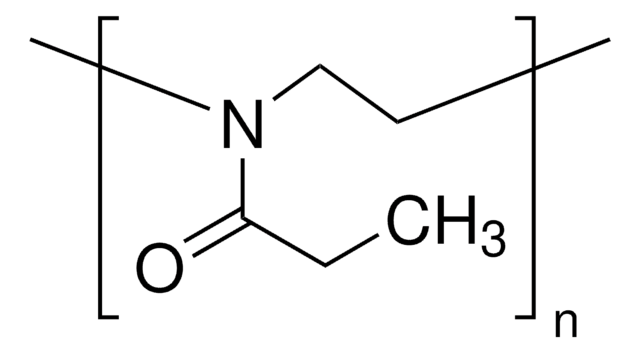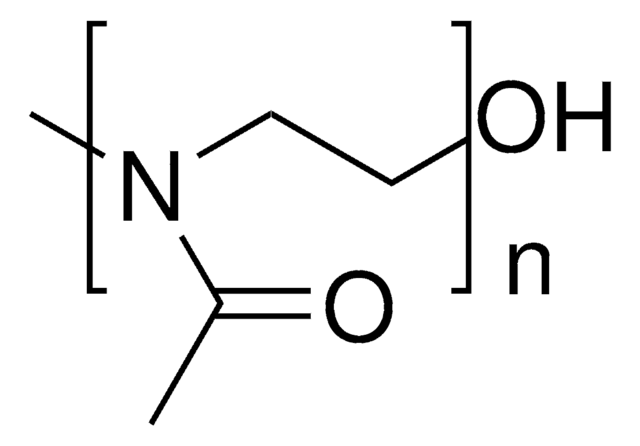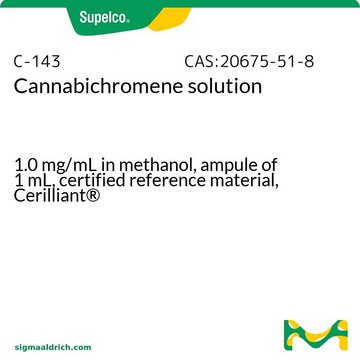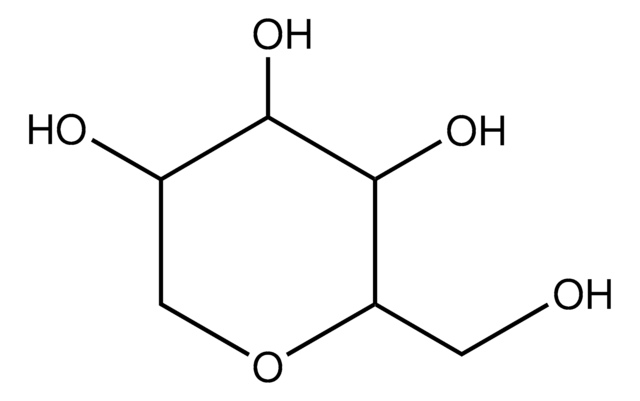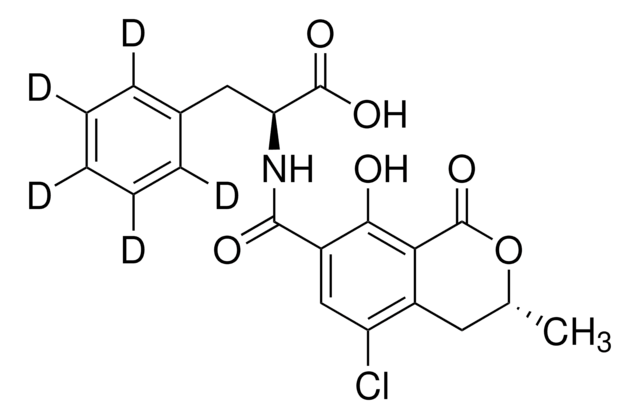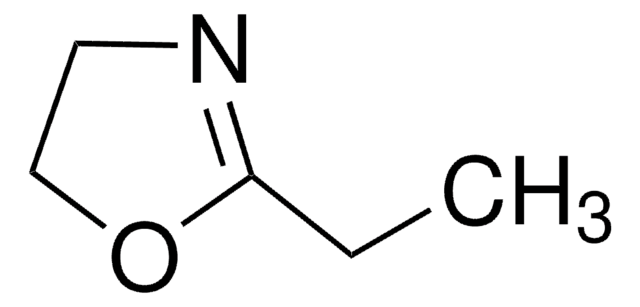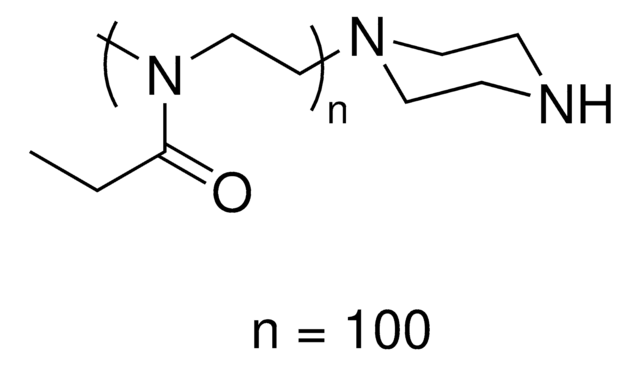880270P
Avanti
C8 PEG5000 Ceramide
Avanti Research™ - A Croda Brand 880270P, powder
Synonym(s):
N-octanoyl-sphingosine-1-{succinyl[methoxy(polyethylene glycol)5000]}
Sign Into View Organizational & Contract Pricing
All Photos(1)
About This Item
Recommended Products
form
powder
packaging
pkg of 1 × 25 mg (880270P-25mg)
manufacturer/tradename
Avanti Research™ - A Croda Brand 880270P
shipped in
dry ice
storage temp.
−20°C
SMILES string
[H][C@](/C=C/CCCCCCCCCCCCC)(O)[C@@]([H])(NC(CCCCCCC)=O)COC(CCC([(OCH2CH2)113OCH3])=O)=O
General description
Ceramides are heterogeneous lipid molecules, prominent in the lamellar sheets of stratum corneum. They belong to the group of sphingolipids.
Biochem/physiol Actions
The polymer size and acyl chain length of poly(ethylene glycol) (PEG) conjugated ceramides are known to influence the transfection potency of stabilized plasmid-lipid particle (SPLP) and its formation.
Packaging
5 mL Amber Glass Screw Cap Vial (880270P-25mg)
Legal Information
Avanti Research is a trademark of Avanti Polar Lipids, LLC
Storage Class Code
11 - Combustible Solids
WGK
WGK 3
Regulatory Information
新产品
Choose from one of the most recent versions:
Certificates of Analysis (COA)
Lot/Batch Number
Sorry, we don't have COAs for this product available online at this time.
If you need assistance, please contact Customer Support.
Already Own This Product?
Find documentation for the products that you have recently purchased in the Document Library.
Stabilized plasmid-lipid particles: factors influencing plasmid entrapment and transfection properties
Mok KWC, et al.
Biochimica et Biophysica Acta - Biomembranes, 1419(2), 137-150 (1999)
Ceramides and skin function
Coderch L, et al.
American Journal of Clinical Dermatology, 4(2), 107-129 (2003)
Hudson P Pace et al.
Analytical chemistry, 90(21), 13065-13072 (2018-10-24)
Over the last two decades, supported lipid bilayers (SLBs) have been extensively used as model systems to study cell membrane structure and function. While SLBs have been traditionally produced from simple lipid mixtures, there has been a recent surge in
Our team of scientists has experience in all areas of research including Life Science, Material Science, Chemical Synthesis, Chromatography, Analytical and many others.
Contact Technical Service